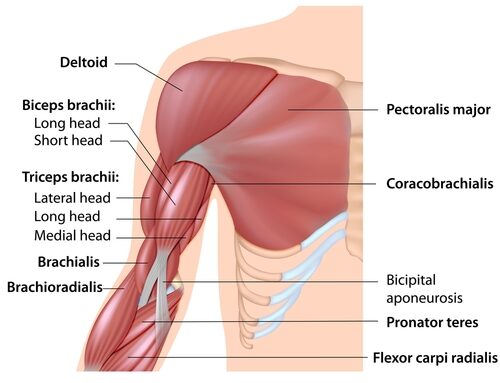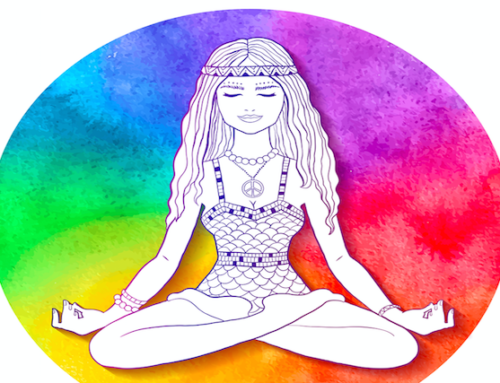Views on the Bruise
Fascia is the glue that holds our bodies together. It goes through our muscles, under our skin, and basically weaves its way through our whole body holding it together like saran wrap. It’s sticky like saran wrap too. It easily binds up. Tight fascia causes pain and even cellulite.
Super stuck fascia prevents blood flow from getting to the area. During a massage, your massage therapist inevitably works on the fascia. Sometimes, they are working on the fascia more than the muscles. When massage therapists are able to “unstick” the fascia, blood flow now rushes to the area causing a bruising effect.
Because all the bodily fluids are now able to flow freely through that area, all the bad stuff (free radicals, hormones, acids, etc.) that gets congested there are able to make their way out of the body. Sometimes this can cause some nausea.
How To Tell If Your Fascia Is Bound
One pinch your skin. If it does not easily pull up then you have tight fascia. Two drag your hand across your skin while pushing down slightly. Does it look like cottage cheese? If so, you have tight fascia.
Massage is one of the few ways to loosen up fascia. It will take a number of treatments close together (3-4 days apart) to get you loosened up if you have really tight fascia. Once you are loose, schedule a maintenance massage (1x/month) to prevent it from getting stuck again.
You do not want to get a fascia-releasing massage over a painful bruise, but we can work on other areas.
To make the massage more effective when you come, you must drink plenty of water regularly. It acts like oil to the muscles and fascia making it easier to release.
Call us to schedule your session or schedule it online here!









